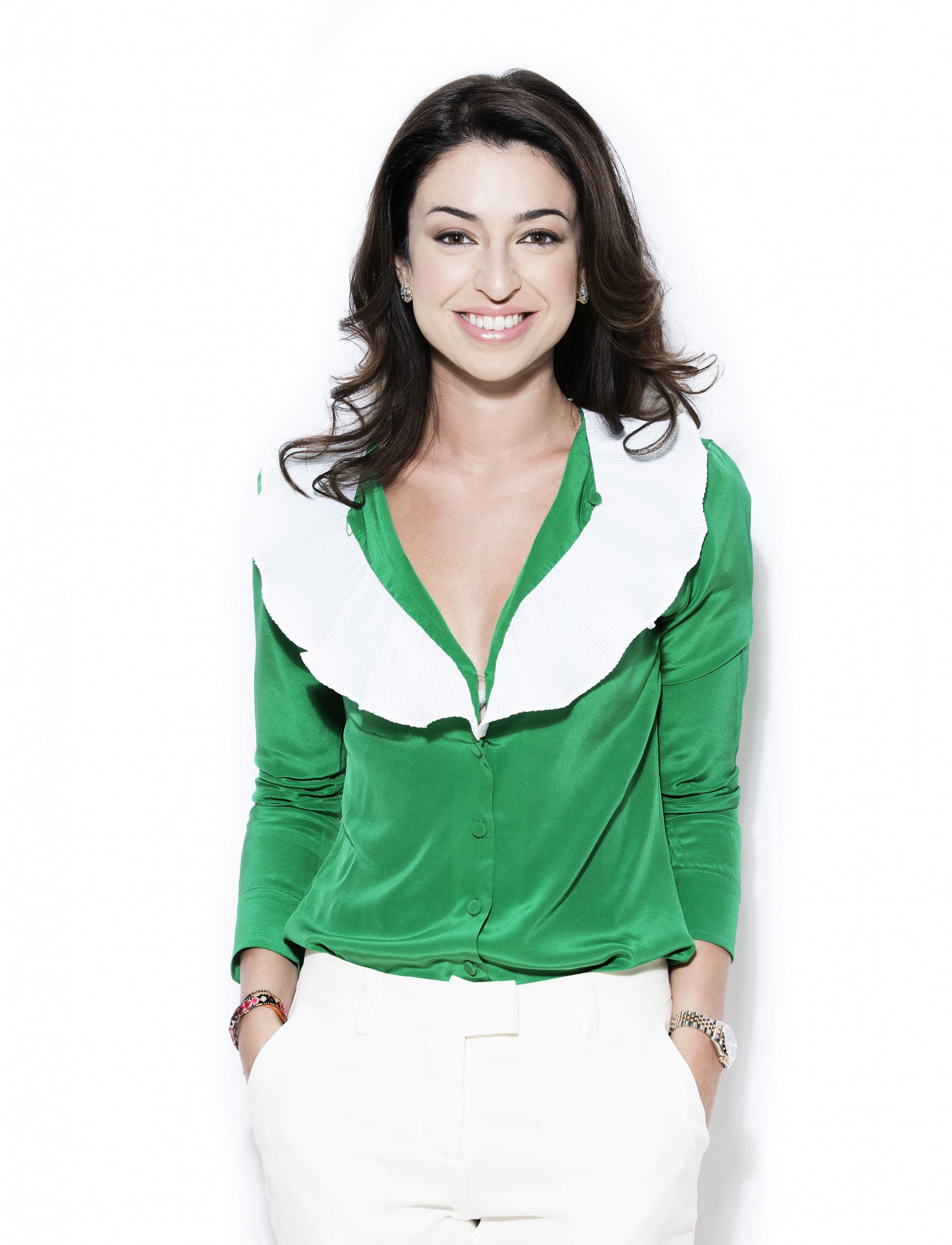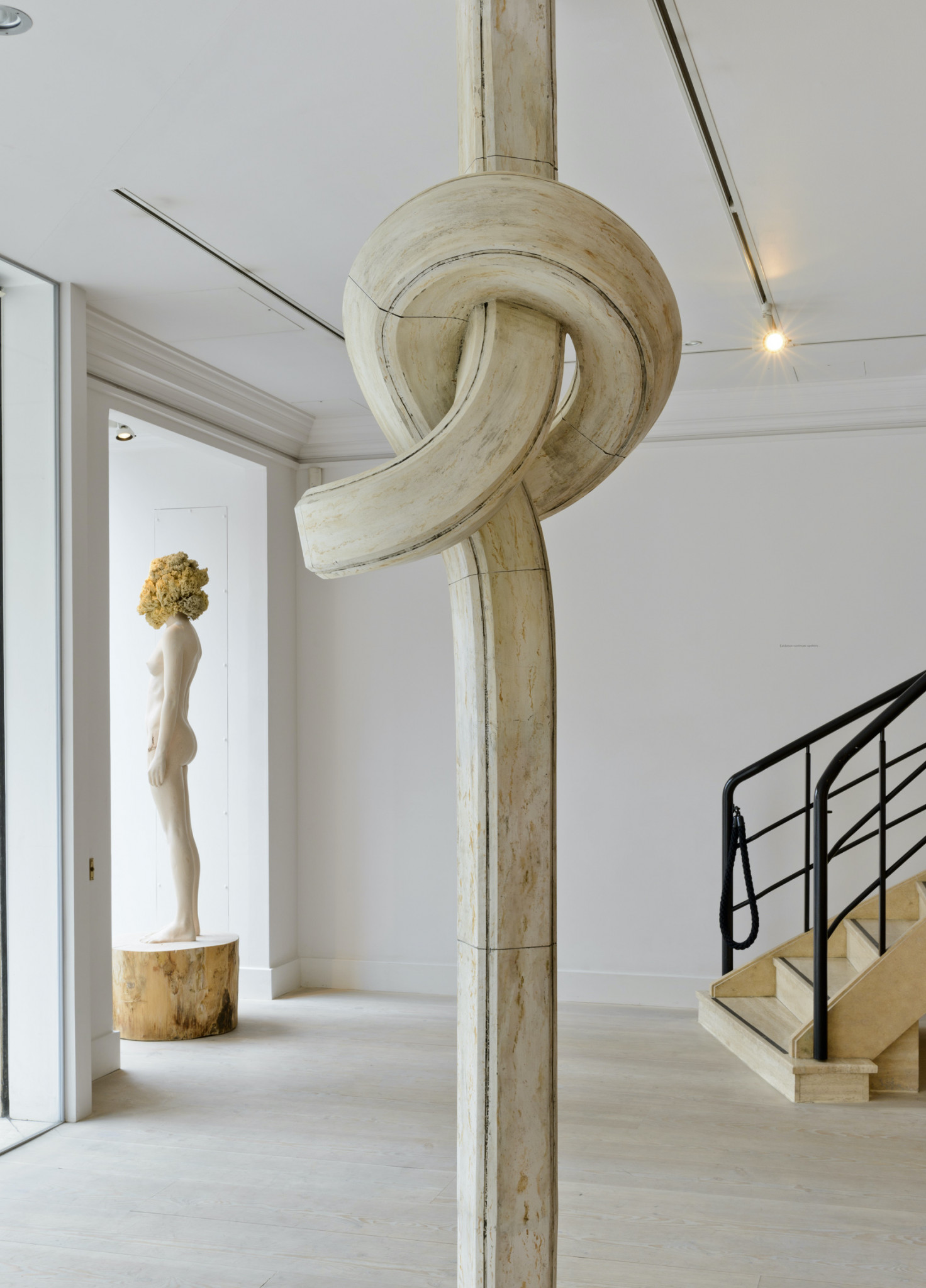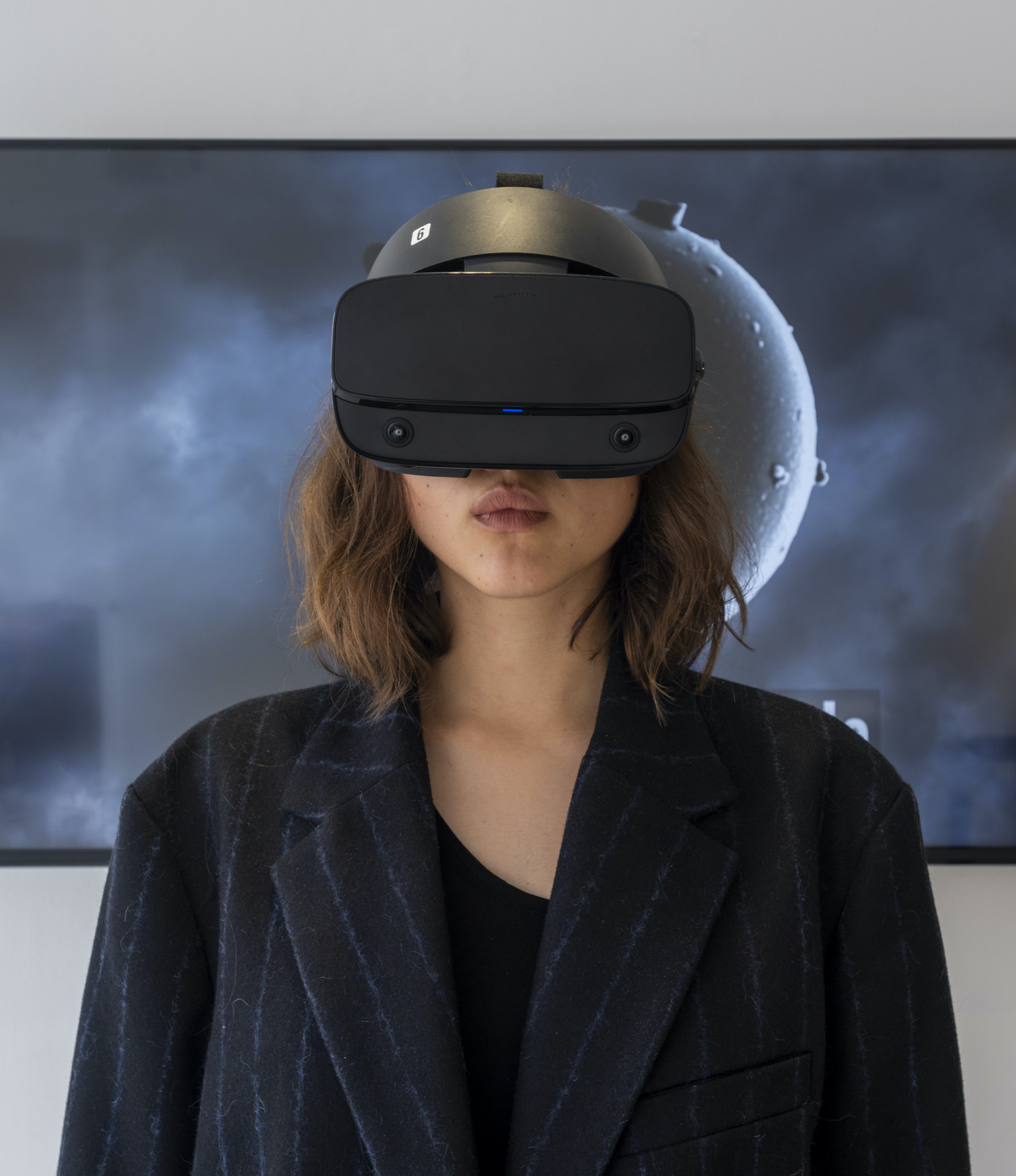A decade of diversity
Now celebrating its 10th anniversary, Gazelli Art House has become a fixture of Mayfair’s art scene – but putting the spotlight on lesser-known artists hasn’t always been easy. Reyhaan Day speaks to founder Mila Askarova about the gallery’s journey so far

Today, Gazelli Art House has become a part of the fabric of Mayfair’s art scene, recognised as a space to discover emerging or lesser-known artists from around the world.
But 10 years ago, Gazelli Art House was a newcomer to the area. After a number of pop-up shows across London, gauging the audiences and spaces in different locations, founder Mila Askarova decided to settle in Mayfair – a bit of a gamble given the fledgling gallery’s dedication to putting the spotlight on artists from her home country, Azerbaijan; young artists; and those from
further afield yet to achieve widespread success.
“I think it was wishful thinking mixed with a naïveté about how things work. I was convinced that given the space and location, almost anything would work,” explains Askarova, who, prior to the gallery’s launch, had worked at Sotheby’s.
“But that wasn’t the case. At the beginning, there was a disconnect between passers-by expecting a certain price range that a gallery of this size and this location would deal in.
“We kept it going because there were a group of collectors that were enthusiastic about what we were doing and the artists we were showing.” Askarova says that the gallery had to develop a model that would increase interest without compromising its intention to support artists not following the typical trajectory for successful artists. “It’s interesting to see how much we’ve learnt and developed over the last 10 years. We’ve done more historical curated shows, bringing in more of your household names; but at the same time, I hope that this slight shift hasn’t interfered with our original plan and intention of the gallery, which was to spotlight artists that haven’t had the chance to break through.”
For us, it was a matter of consistency and gaining trust. Would someone walk into a gallery without knowing the artists or the gallerist, and consider buying a work from an artist in a space that might close down tomorrow? Probably not. I think after five years, I think we really started to be taken more seriously.”
Part of what sets Gazelli Art House apart from other galleries is its continued showcasing of Azeri artists – which Mila is particularly passionate about. “The idea from day one has always been to bring the artists that I thought we could help and promote further into the mix here.Given that I’m from there I have this exposure to the booming art scene in Azerbaijan and the artists out there.”

“That being said, I was also set on not being branded as an Azeri gallery in London, because we knew that that would limit our exposure and we wouldn’t be around for as long. We needed to find a way to present Azeri artists here in terms of pricing and marketing. It’s often about coupling those artists with other international artists to contextualise what their stories are about.”
“I think the importance in finding artists and working with them is to understand what their story is; their intention, whether they will be doing the same thing in 10 years’ time or whether they will change their style. It’s about looking for that signature style regardless of the medium”
She adds that there has also been a great effort placed by Azerbaijan over the last 10 years or so to promote its contemporary artists internationally – through auctions and by hosting exhibitions at the Venice Biennale, for example.
Gazelli Art House is participating in this month’s Art Dubai, bringing its roster of artists to the growing crowd of art lovers in the UAE city. “It will be our third year at Art Dubai and we are excited to be coming back for the first physical fair since the pandemic began. This year, we are thrilled to show new works by Naqsh Collective and fantastic pieces by Azeri artists Farhad Farzaliyev and Orkhan Huseynov. We will also be bringing first-timers Babi Badalov, Agil Abdullayev and Fyodor Pavlov-Andreevich; we can’t wait to introduce their work to Dubai.”

In terms of curating works shown at the gallery, Askarova says that she is most interested in seeing how artists develop their practise over time. “Some of the artists we’ve worked with have started to explore sculpture for the first time, or other mediums. At times, it can mean you end up exhibiting works that are a little more challenging to sell, but I think the importance in finding artists and working with them is to understand what their story is; their intention, whether they will be doing the same thing in 10 years’ time or whether they will change their style. It’s about looking for that signature style regardless of then medium. I guess that we can provide the platform for those stories to be told, developed and supported.”

Gazelli is increasingly putting emphasis on newer mediums, including digital works and virtual reality. “VR is something that stuck with us, because we tapped into it early on. It’s not that any of these shows have really been sell-out shows, but I think that the few placements that we have made within public and private collections have made me confident that this medium isn’t going anywhere.” There is a basement space beneath the Mayfair gallery, housing its entire digital library that includes all VR works it has shown in the past five years. “That’s a really exciting development for us,” says Askarova.
39 Dover Street
Find out more about Gazelli Art House here

